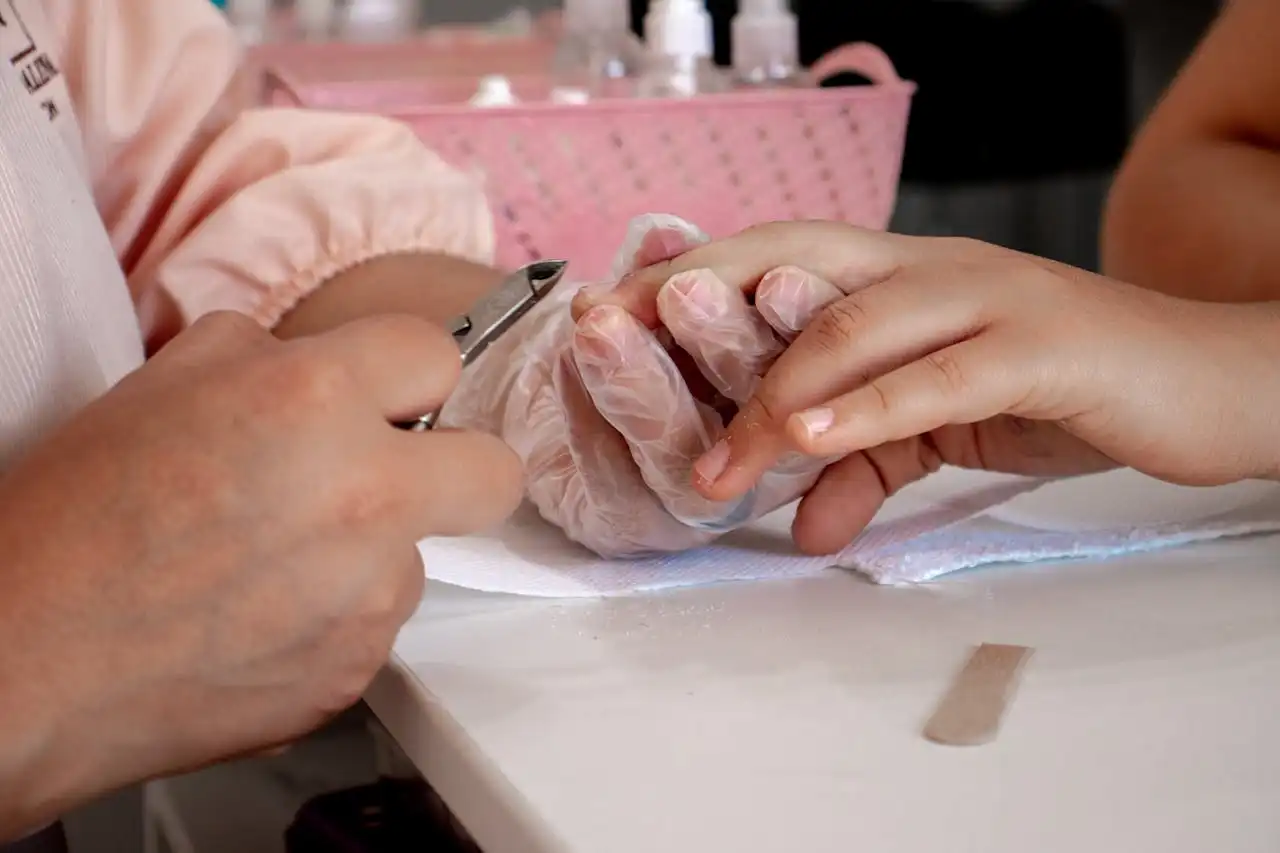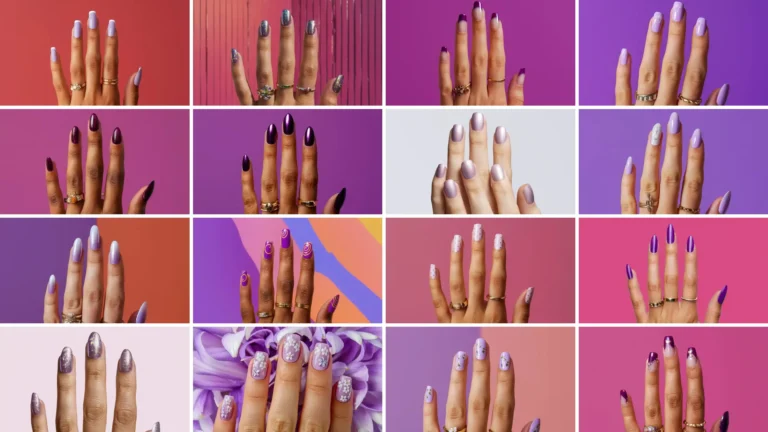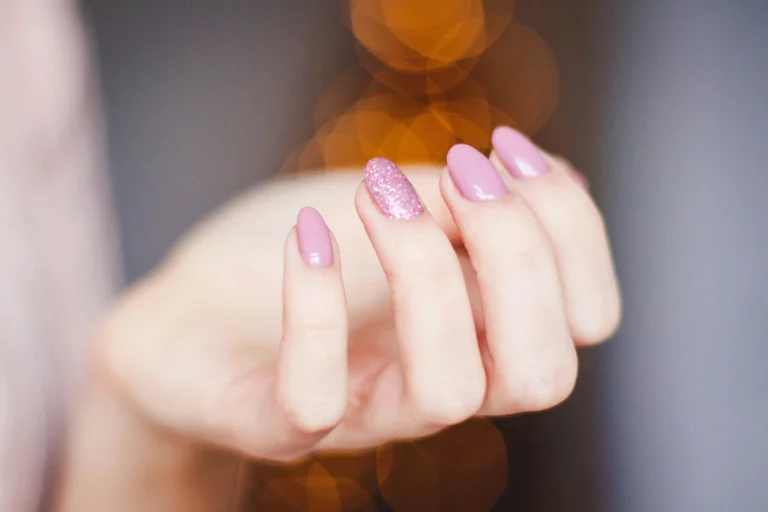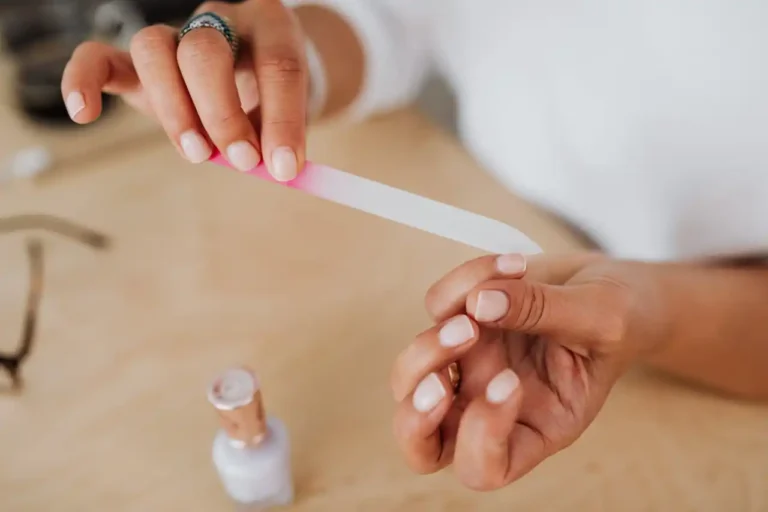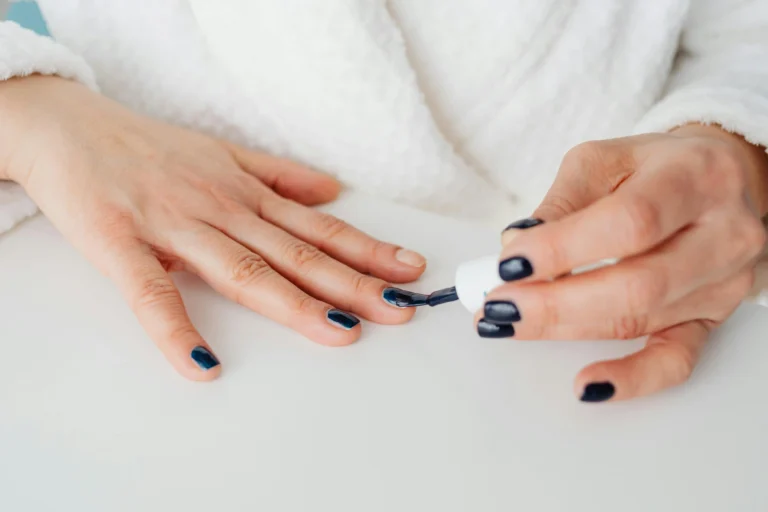Cuticle Care 101: How to Keep Nails Healthy
Your cuticles might seem like small details, but they play a huge role in nail health and appearance.
When you neglect these protective barriers, you risk infections, hangnails, and unsightly nail beds.
Let’s explore how proper cuticle care transforms your nails from damaged to dazzling.
Understanding Your Cuticles
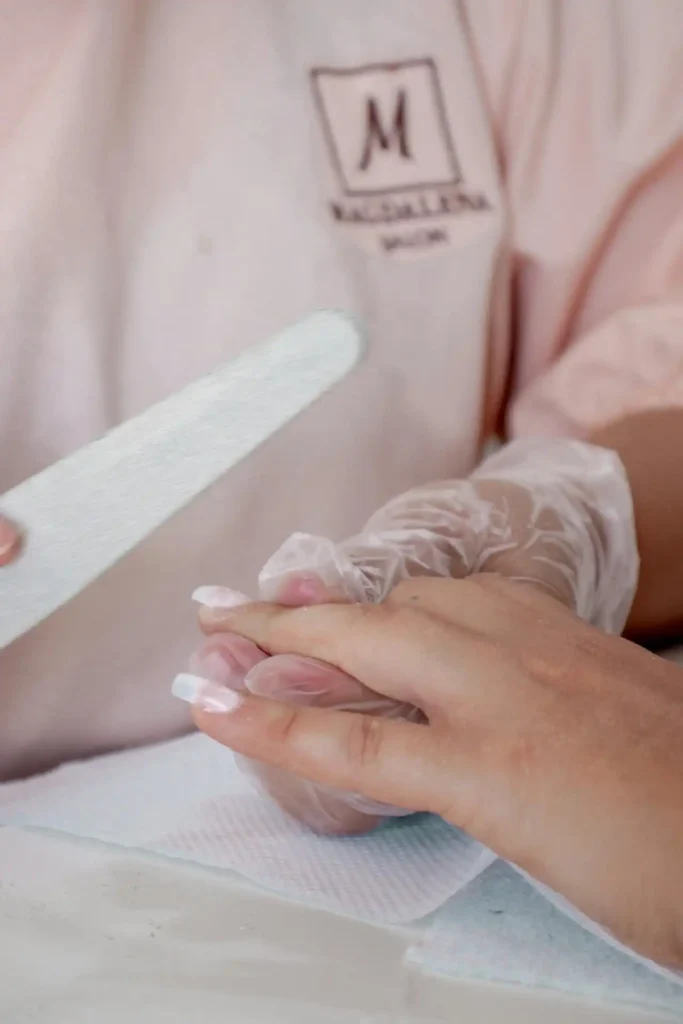
Your cuticles serve as natural shields that protect your nail matrix from bacteria and debris.
Think of them as tiny bodyguards standing watch over your nail’s growth center.
When you understand their protective function, you’ll appreciate why gentle care matters more than aggressive removal.
The cuticle consists of dead skin cells that form a seal around your nail base. This seal prevents harmful microorganisms from entering the sensitive area where your nail grows.
You might notice that healthy cuticles appear smooth and lie flat against your nail plate.
Damaged cuticles often signal underlying issues with your nail care routine. You’ll spot problems like excessive dryness, overgrowth, or painful tears.
These issues don’t just look unsightly – they create entry points for infections that can seriously damage your nail health.
When you damage your cuticles through harsh treatment or neglect, you compromise your nail’s natural defense system.
Your nails may become weak, brittle, or prone to fungal infections. Understanding this connection helps you prioritize gentle, consistent cuticle care.
Essential Cuticle Care Tools
You don’t need expensive gadgets to maintain healthy cuticles, but having the right tools makes a significant difference.
Start with a high-quality cuticle pusher made from stainless steel or wood. Metal pushers offer precision, while wooden orange sticks provide gentler pressure for sensitive skin.
Cuticle nippers require careful consideration before purchase. Professional-grade nippers with sharp, precise blades work best, but you should only use them for removing true hangnails.
Many people make the mistake of cutting healthy cuticle skin, which leads to injury and infection.
A good cuticle oil or cream forms the foundation of your care routine. Look for products containing jojoba oil, vitamin E, or sweet almond oil.
These ingredients penetrate deeply and provide long-lasting moisture without feeling greasy on your fingers.
Don’t overlook the importance of a soft-bristled nail brush for your toolkit. You’ll use this to gently clean around your cuticles and remove dead skin buildup.
Choose one with natural bristles that won’t scratch or irritate your delicate cuticle area.
Daily Cuticle Care Routine
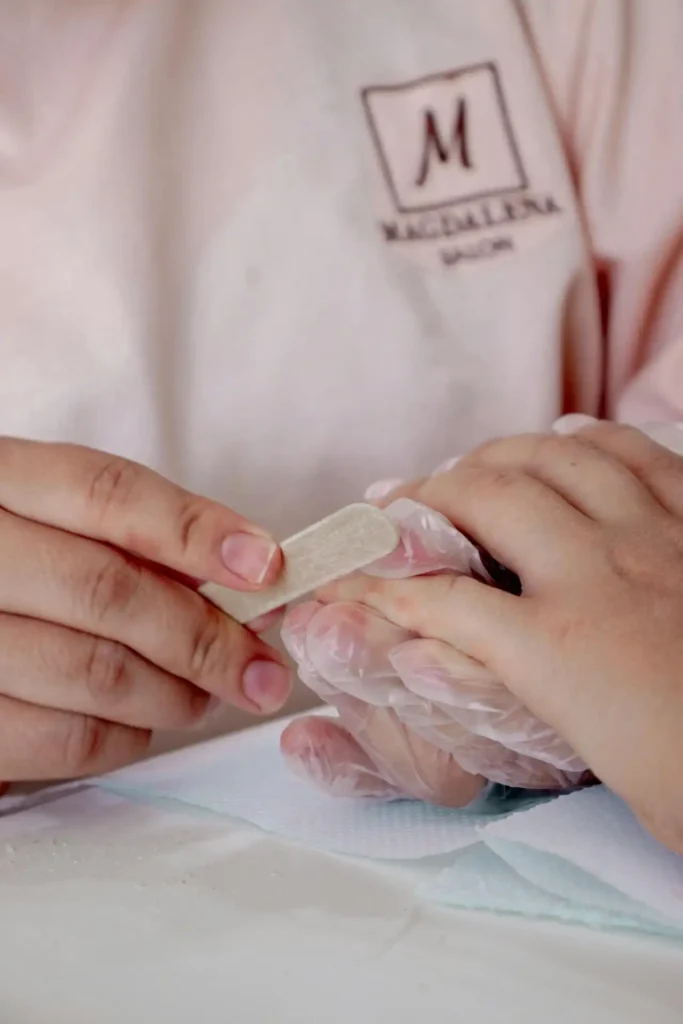
Your morning routine should include a quick cuticle check and moisturizing step. After washing your hands, apply cuticle oil while your skin still feels slightly damp.
This helps lock in moisture and keeps your cuticles supple throughout the day. You can massage the oil in using circular motions with your fingertips.
This gentle massage stimulates blood flow to the area and helps distribute the oil evenly. Spend just 30 seconds on each hand – consistency matters more than duration.
Evening care requires a more thorough approach. Start by soaking your fingertips in warm water for 2-3 minutes to soften the cuticles.
You can add a few drops of essential oil to make this step more luxurious and beneficial for your skin.
After soaking, gently push back your cuticles using your chosen tool. Never force or dig into the cuticle area, as this can cause tears and bleeding.
Work slowly and apply minimal pressure – you’re simply encouraging the dead skin to lie flat against your nail.
Common Cuticle Problems and Solutions
Dry, cracked cuticles represent the most frequent complaint among nail care enthusiasts. You’ll recognize this problem by the white, flaky appearance around your nail beds.
Combat dryness by increasing your oil application frequency and choosing richer, more nourishing formulas.
Hangnails develop when pieces of cuticle skin tear away from the nail bed. You might feel tempted to pull or bite these annoying bits, but this always makes the problem worse.
Instead, carefully trim hangnails with clean cuticle nippers, cutting as close to the base as possible.
Overgrown cuticles can make your nails appear shorter and less polished. This happens when you skip regular maintenance or have naturally fast-growing cuticle skin.
Address overgrowth by gradually pushing back cuticles during your daily routine rather than attempting dramatic corrections.
Infected cuticles require immediate attention and often professional treatment. You’ll notice redness, swelling, pain, or pus around the nail area.
Stop all DIY treatments and consult a dermatologist or nail professional for proper care to prevent the infection from spreading.
Professional vs. At-Home Care
Professional manicures offer expertise and specialized tools that you might not have at home.
Nail technicians can safely remove excess cuticle skin and address problems that seem too challenging for DIY care.
Schedule professional treatments every 3-4 weeks for optimal results. Think of professional treatments as tune-ups rather than complete care solutions.
However, you shouldn’t rely entirely on professional care for cuticle health. Don’t hesitate to seek help when home care isn’t solving your cuticle concerns.
Daily maintenance at home prevents most problems and keeps your nails looking great between appointments.
You can learn valuable techniques by watching your nail technician work. Pay attention to how they hold tools, the pressure they apply, and the products they use.
Ask questions about their process – most professionals enjoy sharing their knowledge with interested clients.
Some cuticle problems definitely require professional intervention. Deep infections, severe overgrowth, or recurring issues need expert assessment and treatment.
Nail Health Beyond Cuticles
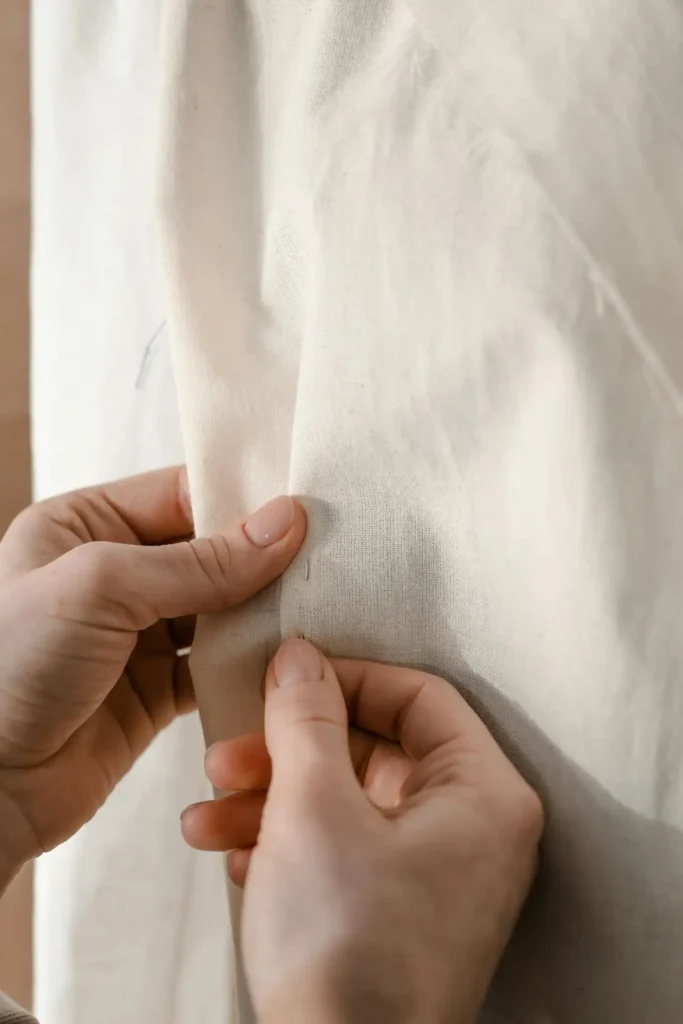
Your overall nail health depends on more than just cuticle care, though cuticles play a crucial role.
You need to consider factors like nail plate strength, growth rate, and general appearance. Healthy cuticles support strong nail growth and prevent common problems.
Proper hydration affects your entire nail unit, including cuticles. When you drink adequate water and maintain good overall health, your nails reflect this wellness.
You’ll notice that well-hydrated nails grow faster and stronger than those affected by dehydration.
Your nail care routine should include gentle filing, regular trimming, and protection from harsh chemicals.
Use gloves when cleaning or gardening to prevent damage to both your nails and cuticles. These protective measures keep your entire nail unit healthy.
Consider your lifestyle’s impact on nail health. Frequent hand washing, exposure to chemicals, or repetitive activities can stress your nails and cuticles.
Adjust your care routine to address these specific challenges and provide extra protection when needed.
Seasonal Cuticle Care Tips
Winter weather demands extra attention to cuticle moisture. Cold air and indoor heating systems create extremely dry conditions that can quickly damage your cuticles.
You’ll need to increase your oil application frequency and choose heavier, more protective formulas.
Summer brings different challenges, including sun exposure and increased water activities.
Chlorine from swimming pools can dry out your cuticles, while sun exposure can cause premature aging of the skin around your nails.
Apply sunscreen to your hands and moisturize immediately after swimming. This season also marks a good time to assess and refresh your cuticle care routine.
Spring cleaning often involves harsh chemicals that can damage cuticles. Protect your hands with gloves and apply extra moisturizer after completing household tasks.
Fall preparation includes stocking up on heavier moisturizers and adjusting your routine for the coming dry season.
You might also want to schedule a professional manicure to address any summer damage and prepare your nails for winter protection.
Foods and Habits for Healthy Nails

Your diet directly impacts nail and cuticle health. Foods rich in biotin, like eggs and nuts, support strong nail growth.
You’ll also benefit from adequate protein intake, as nails consist primarily of keratin protein. Include lean meats, fish, and legumes in your regular meals.
Omega-3 fatty acids help maintain skin moisture, including the delicate cuticle area. You can find these beneficial fats in salmon, walnuts, and flaxseeds.
Regular consumption of these foods supports overall nail health from the inside out. Always consult with a healthcare provider before starting new supplements.
Avoid habits that damage your cuticles, such as nail biting or picking at the skin around your nails.
These behaviors introduce bacteria and can cause permanent damage to your nail matrix. Replace these nervous habits with stress balls or fidget tools.
Stay consistent with your supplement routine if you choose to support nail health this way.
Biotin supplements take several months to show results, so patience and consistency matter more than high doses.
Conclusion
Healthy cuticles form the foundation of beautiful nails. With consistent daily care and the right techniques, you’ll maintain strong, attractive nails year-round.

